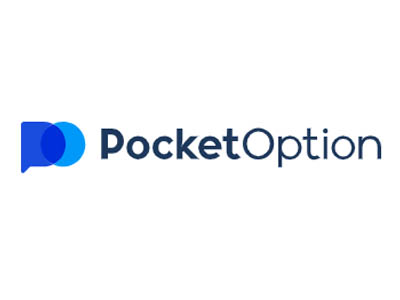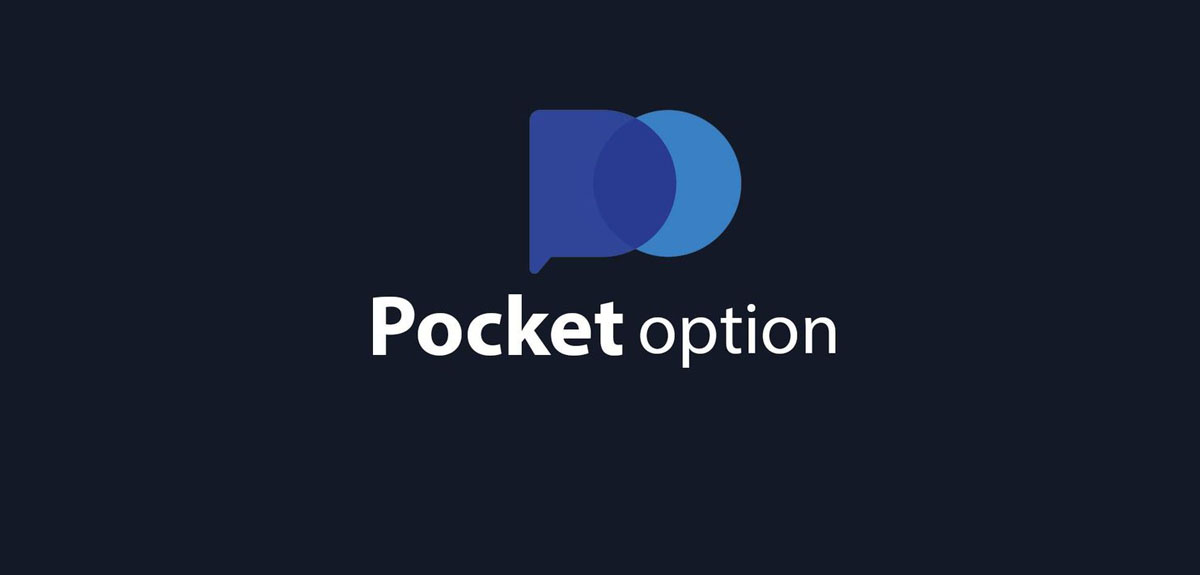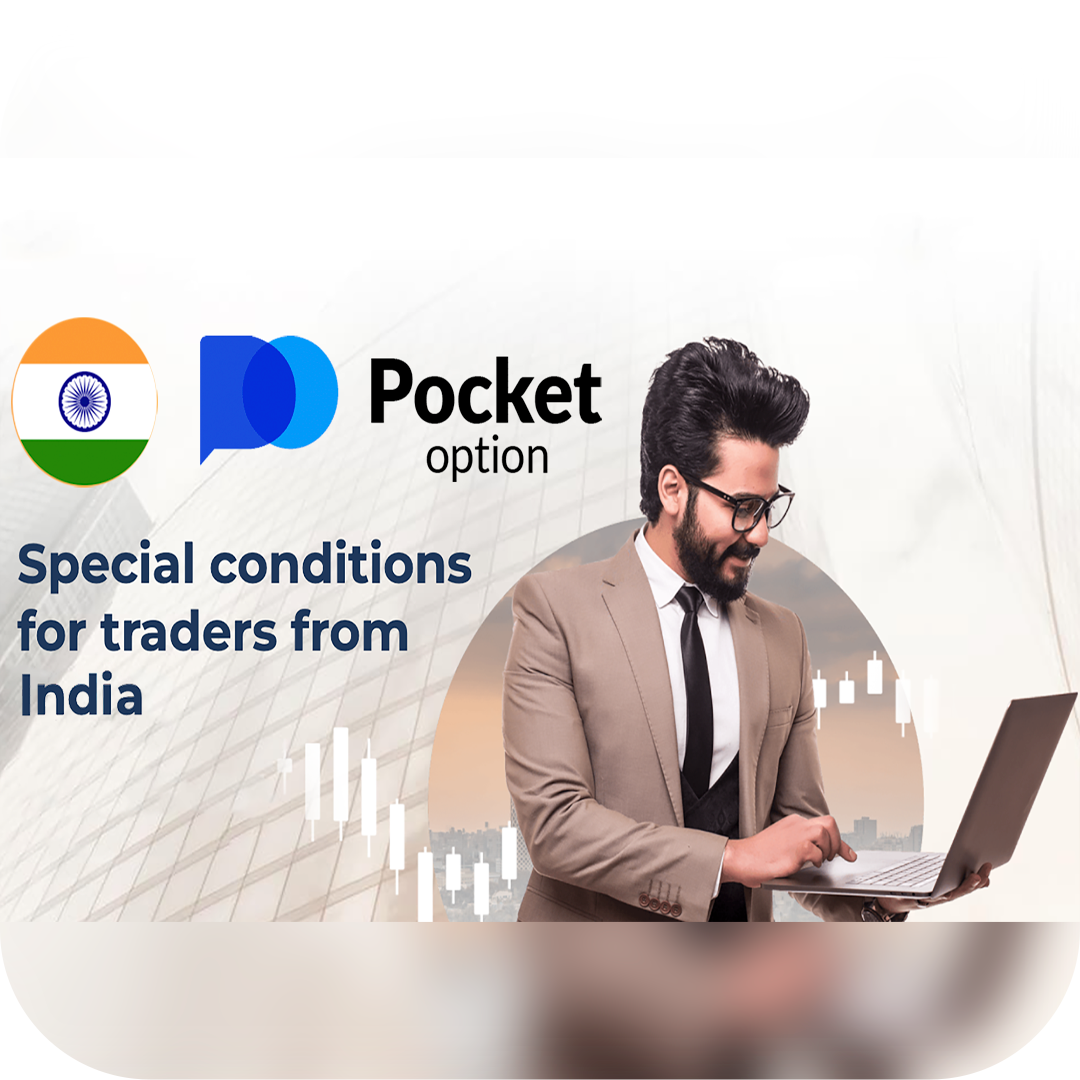
Understanding Pocket Option Fees: A Comprehensive Guide
If you are considering trading on Pocket Option, understanding the associated fees is crucial for making informed decisions. This guide will break down the different types of Pocket Option Fees Pocket Option Fees that traders may encounter, including those related to deposits, withdrawals, and trades themselves.
1. Introduction to Pocket Option
Pocket Option is a popular online trading platform that facilitates the trading of various assets, such as forex, cryptocurrencies, stocks, and commodities. With its user-friendly interface and numerous features, it has become a preferred choice among both novice and experienced traders. However, before diving in, familiarizing yourself with the fee structure is essential to ensure you understand the cost implications of your trading activities.
2. Types of Fees
When trading on Pocket Option, you may encounter several types of fees:
- Deposit Fees: Most deposits are free. However, depending on the payment method you choose, there might be some additional charges. For instance, credit card deposits may incur fees, whereas bank transfers could also vary based on the associated financial institution.
- Withdrawal Fees: Withdrawals are subject to fees based on the method used. While some methods may be free, others could cost you a percentage or a flat fee. Always check the latest terms for precise information.
- Trading Fees: While Pocket Option does not charge commission on trades, the bid-ask spread may vary. Understanding how the spread works is critical when calculating potential profit or loss.
- Inactivity Fees: If your account remains inactive for a specific period, Pocket Option may charge an inactivity fee. Regularly checking the status of your account and activity can help you avoid these charges.

3. Deposit Fees Explained
Depositing funds into your trading account is the first step to getting started. Pocket Option provides several payment options, including credit/debit cards, e-wallets, and bank transfers. Most deposits are processed instantly, except for bank transfers, which may take a few business days.
Typically, there are no deposit fees, but it’s essential to confirm this based on your chosen payment method. Additionally, some payment processors may charge their own fees, so be sure to read their terms and conditions.
4. Withdrawal Fees: What to Expect
Withdrawal procedures can vary widely among different methods, from e-wallets to direct bank transfers. While Pocket Option strives to process withdrawals as quickly as possible, the fees associated with each method can differ.
For instance, using e-wallets may incur lower withdrawal fees compared to bank transfers. Tradable cryptocurrencies may also involve transaction fees that vary depending on the network load. Understanding these potential costs beforehand can assist you in choosing the best withdrawal option for your needs.
5. Trading Fees and Costs
Unlike many traditional brokerages, Pocket Option does not charge commissions on trades. This makes it an attractive option for active traders who engage in a high volume of trades. However, be attentive to the spread; the difference between the buying and selling price can affect your profitability.

Moreover, certain assets may have different spread values, so it is always prudent to evaluate them prior to committing. By understanding these factors, you can better manage your trading strategy.
6. Inactivity Fee: Keep Your Account Active
Pocket Option may charge an inactivity fee if you do not log in or perform any trading activity for a prolonged period. This is customary for many brokers to encourage users to maintain activity in their trading accounts.
It is advisable to log in periodically and check for any necessary updates to avoid this fee. Stay informed about your account status and ensure you do not lose any funds unnecessarily. This will help you maintain an optimal trading experience.
7. Conclusion
Understanding the various Pocket Option fees is essential for anyone looking to trade on this platform. From deposit to withdrawal and inactivity fees, being informed can help you strategize your trading practices effectively.
Before you start trading, make sure to review the latest fee schedule on the Pocket Option website and consider how these costs will affect your overall trading strategy. By doing so, you can maximize your trading experience and enhance your profitability.
In summary, while fees may seem daunting at first, breaking them down can simplify the process and help you make informed choices that align with your trading goals.
